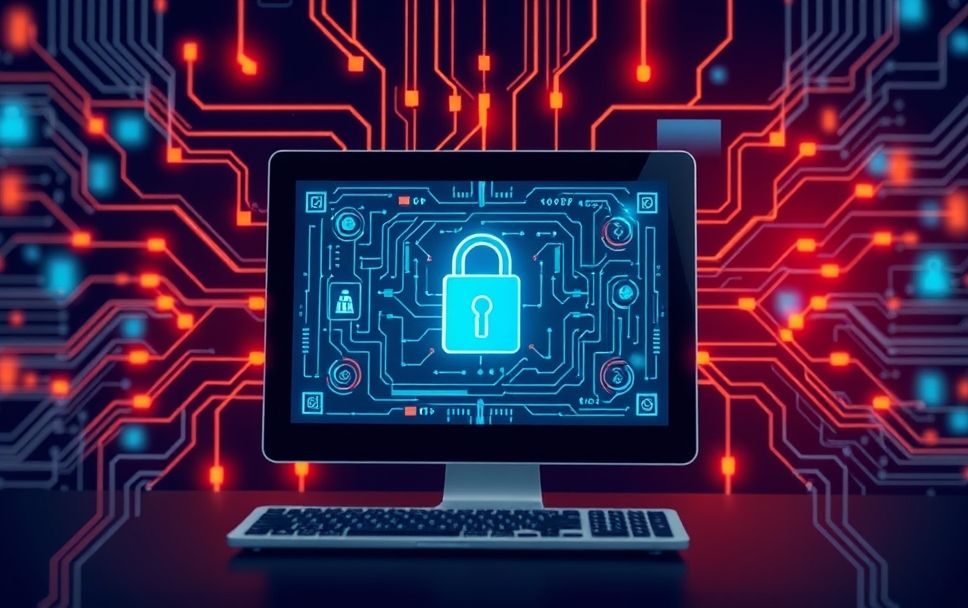Understanding Automated Cybersecurity
Automated Cybersecurity refers to the use of technology and software systems to defend against cyber threats in a more efficient and streamlined manner. By leveraging automation, organizations can enhance their security posture, respond to incidents faster, and reduce the burden on IT security teams. In this article, we will explore the intricacies of automated cybersecurity, its importance, and its applications in the modern digital landscape.
The Importance of Automated Cybersecurity
In today’s interconnected world, the volume and sophistication of cyber threats are increasing at an unprecedented rate. Automated cybersecurity is crucial for several reasons:
- Speed: Automated systems can detect and respond to threats in real time, minimizing damage.
- Efficiency: Reduces manual workload, allowing security teams to focus on strategic initiatives.
- Scalability: Automation enables organizations to scale their security measures without a proportional increase in staff.
- Cost-effectiveness: By reducing the time and resources needed for cybersecurity, organizations can save money in the long run.
Key Components of Automated Cybersecurity
Automated cybersecurity encompasses various tools and strategies that work together to create a robust defense mechanism. Here are some critical components:
- Intrusion Detection Systems (IDS): These systems monitor network traffic for suspicious activity and can alert security teams or take action automatically.
- Security Information and Event Management (SIEM): SIEM solutions aggregate and analyze security data from across an organization, providing insights and automated alerts for potential threats.
- Endpoint Detection and Response (EDR): EDR tools monitor endpoint devices for malicious activity, enabling automated response actions.
- Threat Intelligence Platforms: These platforms gather and analyze threat data to provide actionable insights and automate responses to known threats.
Real-World Applications of Automated Cybersecurity
Automated cybersecurity is not just theoretical; it has practical applications across various sectors. Here are some examples:
- Financial Services: Banks and financial institutions use automation to detect fraudulent transactions in real-time, significantly reducing financial losses.
- Healthcare: Automated systems safeguard sensitive patient data by continuously monitoring networks for unauthorized access.
- Retail: E-commerce platforms implement automated cybersecurity controls to protect customer information and transaction data.
- Government: Public sector organizations deploy automated systems to secure critical infrastructure and protect citizen data.
How to Implement Automated Cybersecurity in Your Organization
Implementing automated cybersecurity can seem daunting, but it can be broken down into manageable steps:
- Assess Your Needs: Identify the specific security challenges your organization faces.
- Select the Right Tools: Choose automation tools that align with your security goals and infrastructure.
- Integrate Systems: Ensure that new automated tools integrate smoothly with existing security measures.
- Train Your Team: Provide training for your security team to effectively use and manage automated tools.
- Continuous Monitoring and Improvement: Regularly review and update your automated systems to adapt to evolving threats.
Related Concepts in Cybersecurity
Automated cybersecurity is interconnected with various other concepts within the cybersecurity landscape. Some related terms include:
- Machine Learning: A subset of artificial intelligence that helps improve automated systems by learning from data patterns.
- Incident Response: The process of identifying, managing, and mitigating cybersecurity incidents, often supported by automation.
- Vulnerability Management: The practice of identifying and addressing security weaknesses, which can be automated for efficiency.
Conclusion: The Future of Automated Cybersecurity
As cyber threats continue to evolve, the role of automated cybersecurity will only become more critical. Understanding and implementing these systems can greatly enhance an organization’s ability to defend against potential attacks. By embracing automation, businesses can not only protect their digital assets but also empower their security teams to focus on proactive strategies that drive long-term success.
Now that you have a comprehensive understanding of automated cybersecurity, consider how you can apply these insights within your organization. Whether you’re a professional in the field or a newcomer, the knowledge gained here can be a stepping stone towards a more secure digital environment.









